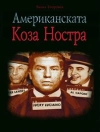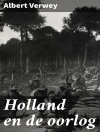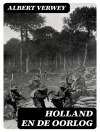Buying and Selling Civil War Memory explores the ways in which Gilded Age manufacturers, advertisers, publishers, and others commercialized Civil War memory. Advertisers used images of the war to sell everything from cigarettes to sewing machines; an entire industry grew up around uniforms made for veterans rather than soldiers; publishing houses built subscription bases by tapping into wartime loyalties; while old and young alike found endless sources of entertainment that harkened back to the war.
Moving beyond the discussions of how Civil War memory shaped politics and race relations, the essays assembled by James Marten and Caroline E. Janney provide a new framework for examining the intersections of material culture, consumerism, and contested memory in the everyday lives of late nineteenth-century Americans.
Each essay offers a case study of a product, experience, or idea related to how the Civil War was remembered and memorialized. Taken together, these essays trace the ways the buying and selling of the Civil War shaped Americans’ thinking about the conflict, making an important contribution to scholarship on Civil War memory and extending our understanding of subjects as varied as print, visual, and popular culture; finance; and the histories of education, of the book, and of capitalism in this period. This highly teachable volume presents an exciting intellectual fusion by bringing the subfield of memory studies into conversation with the literature on material culture.
The volume’s contributors include Amanda Brickell Bellows, Crompton B. Burton, Kevin R. Caprice, Shae Smith Cox, Barbara A. Gannon, Edward John Harcourt, Anna Gibson Holloway, Jonathan S. Jones, Margaret Fairgrieve Milanick, John Neff , Paul Ringel, Natalie Sweet, David K. Thomson, and Jonathan W. White.
Giới thiệu về tác giả
JONATHAN W. WHITE is professor of American studies at Christopher Newport University. He is the author or editor of sixteen books, including Midnight in America: Darkness, Sleep and Dreams during the Civil War; Emancipation, the Union Army, and the Reelection of Abraham Lincoln; and A House Built by Slaves: African American Visitors to the Lincoln White House.












